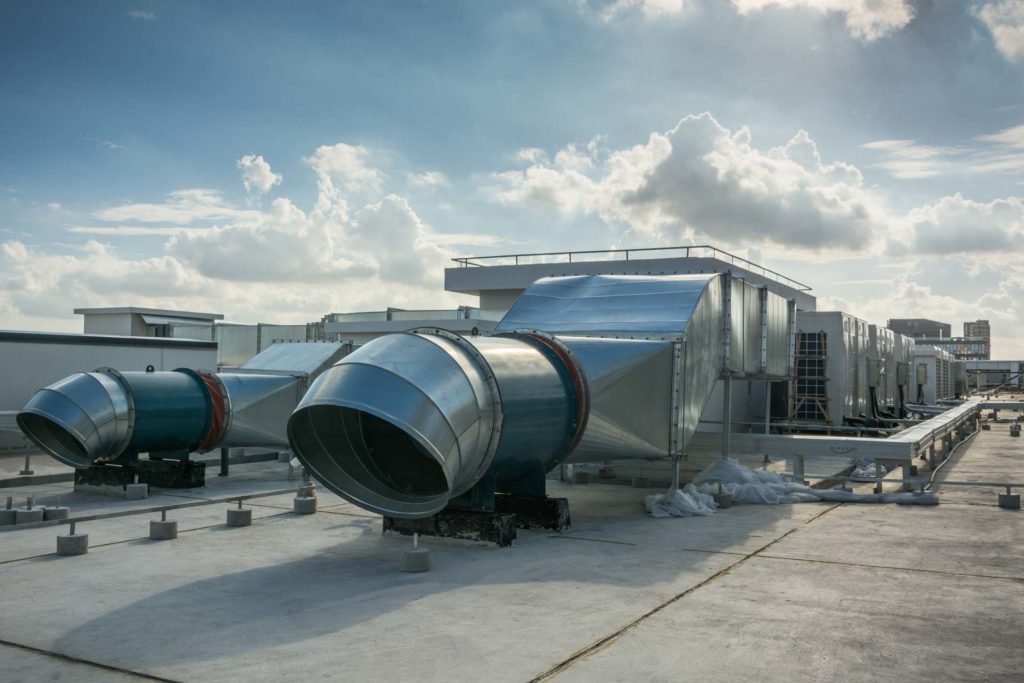The age-old question – how long will my filter bags last? Unfortunately, as you can probably guess, it’s not such an easy question to answer. All of the variables that go into bag filter performance and maintenance can cause the lifetime to range widely. But in this blog, we will try to give you an estimated range of how long you can expect your filter bags to last, how to maximize their lifetime, and when to change them.
Filter Bag Lifetime
Every filter bag has a different lifetime. Most filter bags last a couple of years, but some filters can last longer if they’re made of high-quality materials and filter air at low volumes or in less taxing conditions. On the other hand, filtering high volumes of air or tacky, abrasive, and chemically corrosive particulates could reduce the lifetime to one year or just a few months.
When Should I Change My Filter Bag?
There are three primary times when you need to switch out your filter bags.
Blinded Bags
A “blinded” bag is a filter bag that has become so caked with dust that the dust has embedded itself deeply into the fibers of the bag, and a pulse-jet cleaning system can no longer clean it properly. These bags are inefficient during operation, and once a bag has reached this state, it has reached the end of its life.
Blinded bags can be tested using automatic detection systems based on differential pressure drops in your system.
Torn and Damaged Bags
Bags that have holes or tears in them must be replaced immediately. Lower efficiency from blinded bags is not ideal, but torn or otherwise damaged bags can allow particulate matter through the system, which reduces your filtration efficiency, and could make your system noncompliant with EPA and other governmental requirements.
Leak detection powder is a cheap and effective solution for testing torn bags. Other digital leak detection methods like triboelectric dust monitoring systems could automatically monitor leaks, making your plant manager and air quality inspectors very happy.
Regulations Require Change
Some industries and applications have more stringent requirements by the EPA and other government agencies on baghouse equipment maintenance. For example, specific industries may require filter bag replacements on a cyclical basis, regardless of whether the filter bag is defective.
How to Increase Filter Bag Lifetime
For more details, check out our blog on the 5 Ways to Increase the Life Expectancy of Your Filter Bag. Here is a quick summary of the points in that blog for your reference.
1 – Use the Right Parts
Using the correct parts for your specific applications is crucial to ensuring that you maximize filter bag lifetime. Choosing filters capable of filtering the air volume that your system handles and a filter medium that is well suited for your specific needs are essential. You can find more details on filter media in our What is a Filter Bag blog, but here are some common types:
- Fiberglass: Good for high-temperature applications. Does not absorb moisture.
- Polypropylene: Resistant to abrasion and static buildup. Low operating temperature.
- Teflon: Great for situations where you need resistance against chemical erosion. Highly susceptible to abrasion and is very expensive.
2 – Use Automatic Cleaning Systems
During operation, filter bags accumulate caked-on dust and particulate matter. Pulse-jet cleaning systems blow pressurized air into the bag to shake free this dust to extend the lifetime of your filter bags. In addition, an automatic system based on differential pressure readings can reduce wear and tear caused by overcleaning, save time, and maintain maximum baghouse efficiency.
3 – Check for Leaks
Using leak detection powder or other monitoring methods is crucial to ensure there aren’t any leaks in your baghouse or tears in your filter bag. These leaks can reduce the efficiency of your system, allow water or other contaminants to enter your system and wreak havoc, and reduce the lifetime of your filter bags.
4 – Condition New Bags
Pre-treating your filter bags with a conditioner can prevent particulate bleed through, increase airflow, efficiency, and lifetime, and decrease emissions. Some conditioners can also add a flame retardant effect for applications with a high operating temperature.
5 – Work With an Expert
Making sure you work with baghouse experts is the most impactful way to ensure that you get the most out of all your baghouse equipment. Experts will help you decide the capacity of filter bags needed, what medium will work best for your unique application and if any auxiliary pieces could help you improve your efficiency or reduce operating costs.
Our team at Baghouse America has some of the most experienced and passionate people in the clean air industry. We pursue excellence in our products and service because we genuinely care about cleaner air for all, not just a hefty paycheck. Reach out today to discuss how we can help you reach zero emissions, break free from proprietary jail, and save money.

